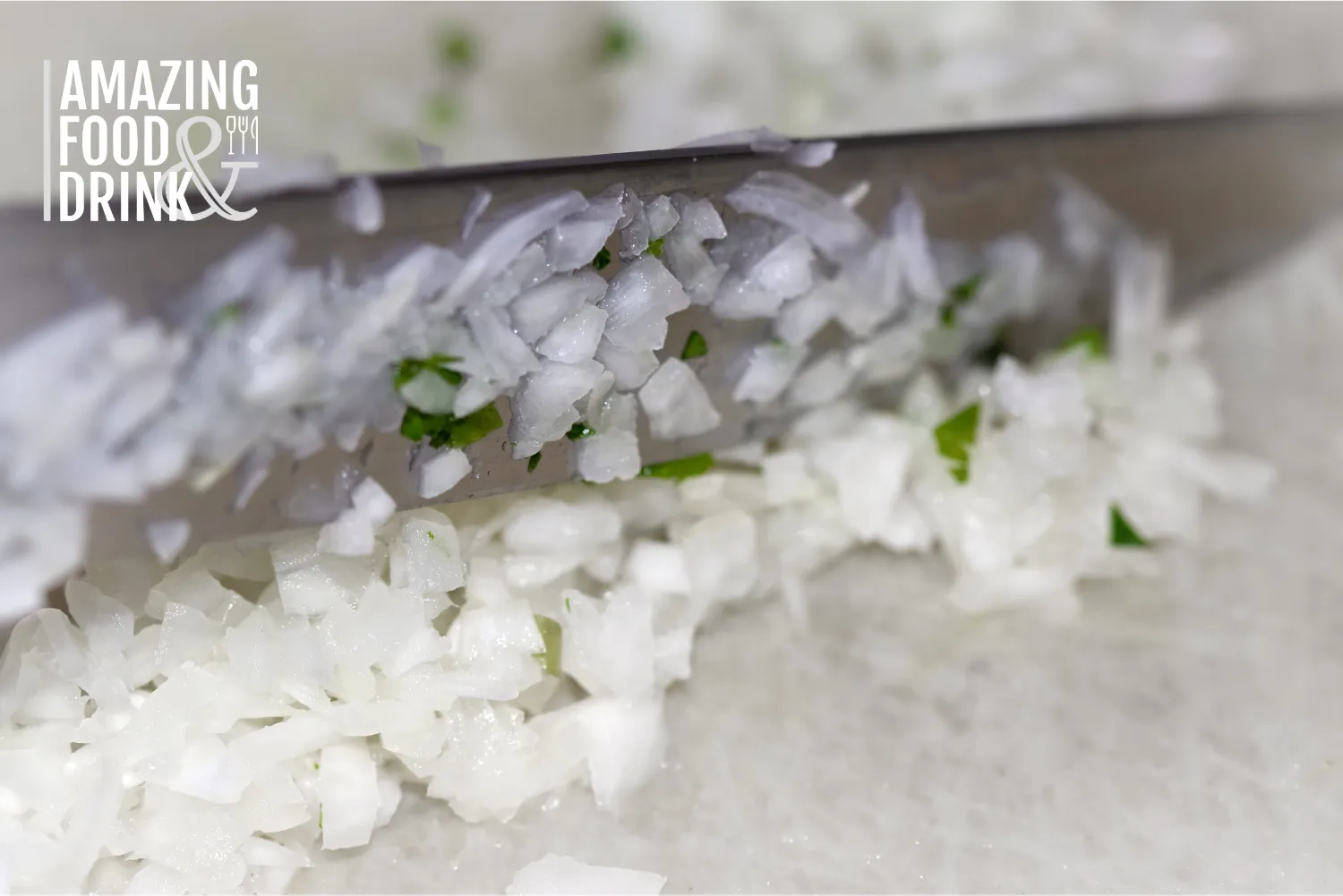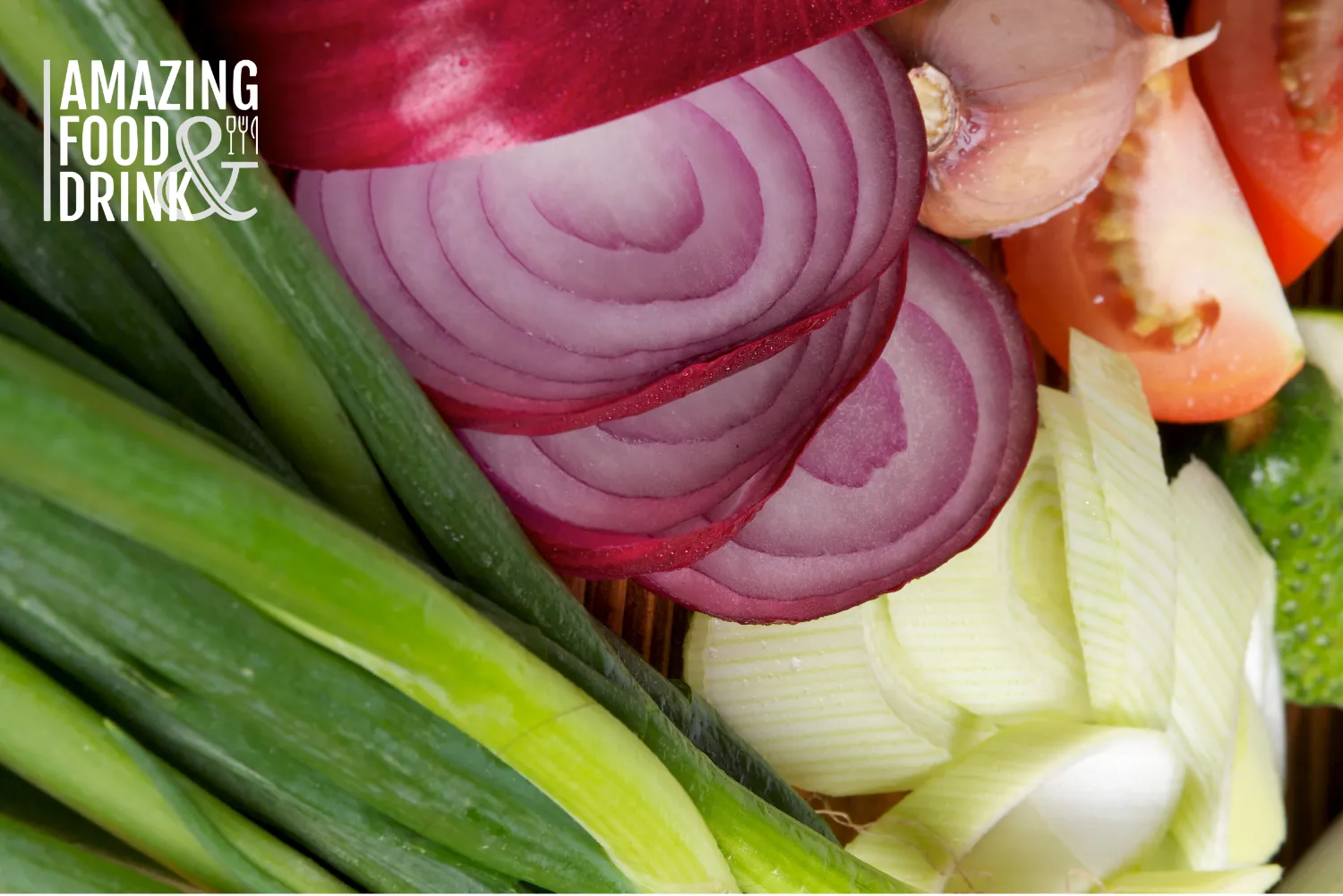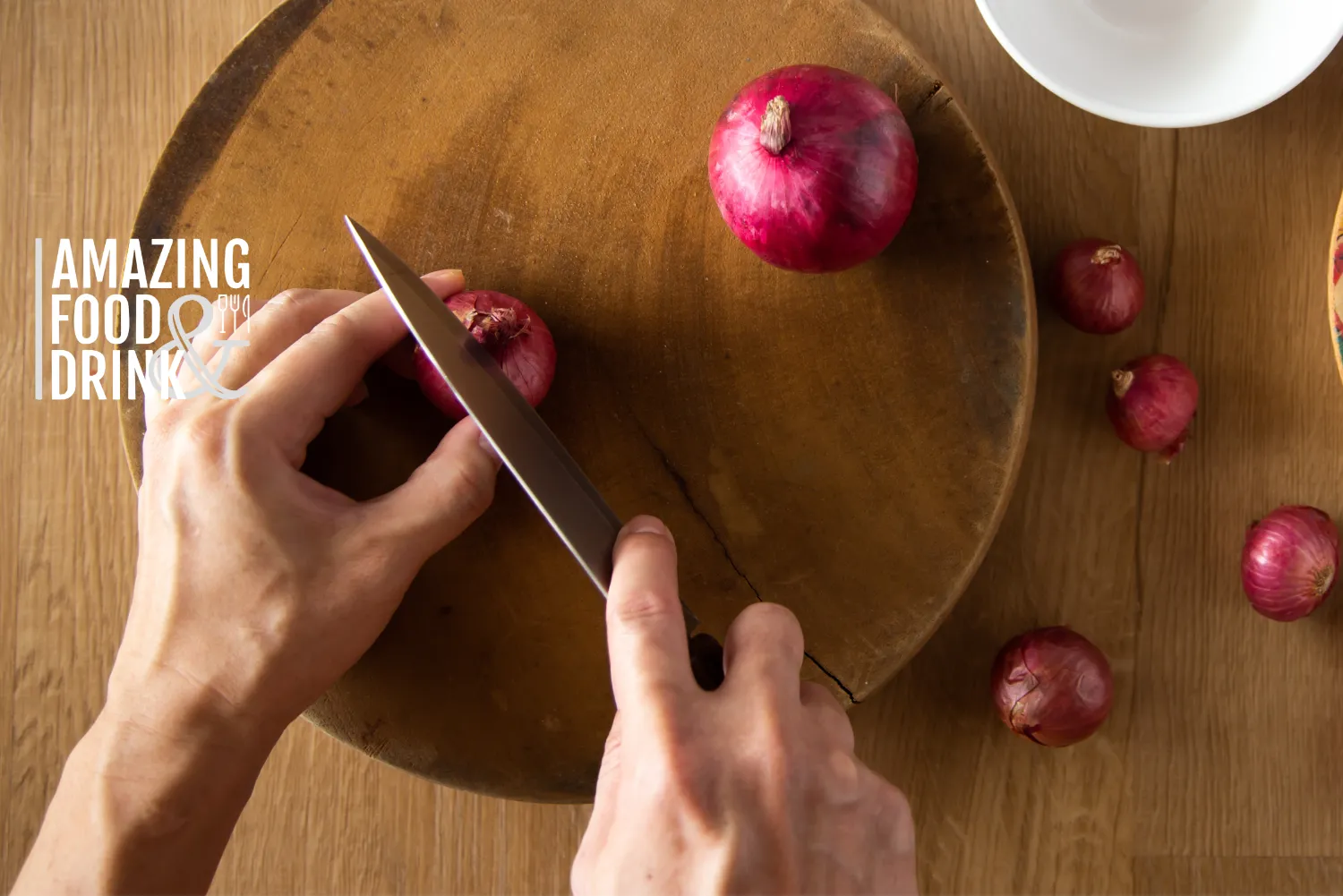Exploring Egyptian Seafood with The Top 3 Most Sapid Dishes
Egyptian seafood is a captivating blend of fresh catches, aromatic spices and herbs, cooking techniques and time-honoured culinary traditions dating back to ancient times. Ingredients like onions, cumin, coriander, flour, dill, garlic, and lemon are commonly used to enhance the fresh savour of fish, shrimp, squid, and other marine delicacies.
This results in dishes rich in flavour, allowing the natural succulence of the seafood to shine through.
The Egyptian seafood experience is as much about the atmosphere as it is about the cuisine. The traditional cooking methods, including grilling over open flames, baking in clay ovens, and frying to golden perfection, all create dishes that capture the essence of Egypt’s cultural identity. Meals are also often shared, encouraging a communal experience to enjoy the bounties of the sea with family and friends.
If you are a bit of a seafood fanatic with a curiosity for discovering new, unique tastes, then you are in the right place. In this article, we are going to explore the culinary delights of Egyptian seafood cuisine with three of the most popular and super tasty dishes which you, too, can easily make and enjoy.
Let’s immerse ourselves, shall we?
Why is Egyptian Seafood So Good?

From the bustling markets where fishmongers display their daily catch to the inviting aroma of seafood grilling at a seaside café, there seems to be an array of factors that contribute to making Egyptian seafood cuisine so incredibly distinct. So, let’s explore some of those.
1. Geography
If you are a bit into geography—or if you are currently checking Google Maps because you are not sure where Egypt is actually located, it does not make any difference—then you can probably realise that Egypt has quite a strategic location, from which its seafood cuisine came into existence.
The Mediterranean Sea to the north and the Red Sea to the east are both teeming with a diverse range of seafood. Whether it is the huge variety of edible fish types, crustaceans, or molluscs, Egyptian waters are abundant with high-quality and fresh seafood that has, over the years, become a staple in Egyptian seafood cuisine.
Speaking of freshness, in particular, the proximity of the sea to many Egyptian cities ensures that seafood can go from catch to table in a very short time. Combined with the liberal use of classic spices and fresh herbs and the different cooking techniques, this freshness imparts a distinctive taste and texture to the seafood, which modern cooking methods cannot often replicate.
2. History
Another aspect that adds to the uniqueness of Egyptian seafood is the long-standing culinary traditions that reflect the country’s profound historical relationship with the bountiful Mediterranean Sea and the Red Sea.
In fact, these two bodies helped make Egypt a crossroads of civilisation for thousands of years, resulting in Egyptian seafood cuisine having a melange of influences from the Greeks, Romans, Ottomans, and Arabs, among others. This intermingling has also enriched Egyptian seafood dishes with a range of flavours and techniques.
3. Simple Cooking Techniques
Despite the common belief that complex cooking techniques make unique dishes, the opposite is true in the case of Egyptian seafood. There is usually a simplicity in preparation that respects the inherent taste of the seafood, as the aim is often to enhance rather than overpower the delicate flavours of the fish.
Egyptian seafood cuisine uses a variety of simple traditional cooking techniques that help create its unique flavours and tastes. One method is stewing. As the fish slowly soaks up all the flavours from the various spices, it becomes soft and deeply tasteful. Boiling and baking are also two healthy ways to cook seafood and preserve its very natural flavours.
That being said, grilling and frying are the two most famous methods to cook seafood in Egypt, and they make some of the country’s most popular seafood dishes, as we will see in a bit. Roasting, much like grilling, also adds a smoky, super delicious flavour to the dishes.
4. Spices, Herbs, and Seasonings
Egyptian seafood dishes are famous for their strong flavours, which they get from the variety of herbs, spices and seasonings used to marinate seafood. Classic spices, such as cumin, pepper, fennel, coriander, and chilli and herbs like dill, basil, parsley, and mint, add a burst of freshness to the dishes and a nice crunch to the meal.
5. Accompaniments
Seafood in Egypt is typically served with various accompaniments that enhance and complete the taste. Aish, or Egyptian pita bread, rice, various vegetable preparations and sauces, such as tahini or a spiced tomato sauce, often complement the dishes and add an extra layer of flavour.
All of those make Egyptian seafood dishes fit well within this dietary pattern, offering meals that are not only tasty but also nutritious.

Popular Egyptian Seafood Dishes
Now that we have taken a look into what makes Egyptian seafood cuisine that distinct, it is time to dig more into it by exploring some of its most famous and delectable dishes that you should definitely try when in the country or make at home if you are not planning on international travel in the near future.
The dishes we are demonstrating next are the top three most popular seafood dishes in Egypt. They feature pretty accessible and affordable fish types and other ingredients. That is actually why they are consumed in all corners of the country and are not only limited to coastal cities.
1. Sayadeya
The first dish we have is a staple in Egyptian seafood cuisine and one that goes with various fish entrees or seafood platters to complete the meal. Although it is an accompaniment, it does pretty much act like a main dish, or let’s say, a secondary main dish, despite not having any seafood in it. We are talking about Ruz Sayadeya or the distinct Egyptian seafood rice.
Sayadeya, for short, is a fragrant and flavourful dish, a true feast for the taste buds. It is basically made with Egyptian rice—this is white short or medium grain rice—caramelised onions, and a mixture of different spices. The white rice then turns brown and becomes tasty in a way that makes the dish more suitable for seafood than any other rice dish.
The standard way to make Egyptian seafood rice, as we mentioned, is to use Egyptian rice and never basmati rice, for the latter gives it a completely different taste. Yet, it can still be used if it is the only available option.
Spices like cumin, pepper and maybe a pinch of paprika are used. Still, it is not curry, for it also makes the rice drift from the standard Sayadeya flavour, which, along with the brown colour, essentially results from the caramelised diced onions. Some people like to add some turmeric to brighten the colour of the rice, but that is also not necessary.
Fish broth can be used to cook this dish; yet, if it is not available as well, water will do just as fine. This flavoursome brown rice Sayadeya dish is most commonly consumed with fried Tilapia and grilled Mullet.
All right. Now, it is time to make some Sayadeya. It may take up to an hour, based on how much rice you are using. The following ingredients make four servings.
Ingredients
- 2 cups of Egyptian rice, rinsed and drained
- 1 large onion, diced
- 3 tablespoons of vegetable oil
- 3 cups of boiled water
- 1 teaspoon of cumin
- 1/4 teaspoon of paprika
- Salt and black pepper
Recipe
Place a large pot over medium heat and heat the vegetable oil. Add the diced onions, stir and fry until soft, translucent and golden brown. Add the rice, stir and toast it slightly with the onions for about two minutes.
After that, add the spices to the rice and stir well until everything is evenly mixed. Pour the boiled water over the rice and season it with salt and black pepper as desired.
Bring the mixture to a boil, then lower the heat, cover the pot with the lid and let the rice simmer for around 20 minutes, or until the water is totally absorbed and the rice is tender.
Serve the rice hot with additional lemon wedges placed on top of each plate for decoration. As we mentioned, this dish is typically served with other seafood dishes, one of which is what we are demonstrating next. Additionally, you can explore different side dish options such as fresh salads, grilled vegetables, and definitely tahini to complement the rich flavours.
2. Samak Mashwi

Samak Mashwi, or grilled fish, is another tasty Egyptian seafood treat. It is a grilled fish dish that reflects the simplicity and freshness of Mediterranean cuisine, focusing on the natural flavours of the fish, enhanced with minimal seasoning and the smoky taste from grilling. This delicacy has long been loved and enjoyed by Egyptians, and its recipe can be found in the oldest Egyptian cookbook.
The way this dish is cooked gives it a unique twist. The fish is usually coated with bran and grilled. The crispy grilled black fish is then soaked in a sour juice made from vinegar, lemon, garlic and water, which deepens the flavour of the fish and makes its inside moist and tender.
Samak Mashwai is typically made with Mullet, maybe Tiplane sometimes, but the latter is more suitable as fried. In this recipe, we are using Mullet, and we are making only two servings. If you cannot get Mullet, you can use Sea Bass.
Ingredients
- 2 medium-sized Mullet, about 300 grams each, scaled, opened and cleaned
- 10 cloves of garlic, finely minced and evenly divided
- 1/2 small green pepper, finely minced
- 1/2 lemon
- 2 tablespoons of olive oil
- 2 cups of bran
- 2 cups of warm water
- 1/4 cup of white vinegar
- 1/4 cup of lemon juice
- Salt, black pepper, cumin, dried coriander
- Chopped parsley and lemon slices for garnish
Recipe
Grilled Mullet is made over three main stages, and it is recommended you have enough time before serving to allow the fish to cook well and get the profound sour, fishy flavour.
The first step is to marinate the fish, so let’s prepare the mixture for that. In a small bowl, add half the amount of the minced garlic, minced green pepper, one tablespoon of olive oil, a pinch of salt, black pepper, some cumin, and the dried coriander, then squeeze half a lemon. Mix all the ingredients.
Use this mixture to marinate the fish on the inside and outside. Set the fish aside for at least an hour to absorb the flavour of the mixture. Meanwhile, let’s prepare the juice, which we will use to flavour the fish after grilling.
In a large bowl, add the warm water, vinegar, olive oil, lemon juice, and some salt, black pepper and cumin. Stir to blend the ingredients with the water. If you have any marinade left, you can add it too. When homogenous, set the mixture aside.
When the fish is well marinated, coat each with bran very well and grill over an open flame or on a barbecue grill until the skin is black and crispy and the flesh is tender and flaky. While still hot, soak the fish in the mixture we made in the previous step. Make sure the fish becomes juicy and moist but not too squishy.
Place the fish on a platter, sprinkle some chopped parsley on top, and add a few lemon slices as a garnish. Grilled Mullet is always served hot with either Sayadeya or Egyptian pita bread, or both, and tahini sauce.
3. Fesikh

Fesikh is a traditional Egyptian seafood dish that features fermented, salted and dried Mullet. This dish is not like any other seafood dish as it is known, and we would not say it is notorious for its strong odour and pungent taste, a result of the lengthy fermentation process.
This very feature actually makes Fesikh quite complicated, if not unrecommended at all, to make at home. The thing is, its preparation is quite specific and can be hazardous if not done correctly. The fermentation process must be carefully controlled to stop the growth of dangerous bacteria that can produce botulinum toxin.
In fact, some shops specialise in Fesikh only. A person selling Fesikh is typically called Fasakhani. While this type of fish is available all year long, it floods the entire country in spring as it is always consumed during the Sham el-Nessim festival. This is a spring celebration that falls after the Coptic Christian Easter.
Fesikh is a strong seafood dish that requires quite a strong stomach to bear and digest. This one is always consumed with Egyptian bread and almost never with Sayadeya, along with Egyptian fresh green salad and tahini.
Where to Find the Best Egyptian Seafood
If you love seafood and happen to be in Queens, New York, then you cannot miss your chance to try some delicious authentic Egyptian seafood dishes. Here are some top-rated Egyptian seafood restaurants in the city that you should definitely check out:
- Abuqir Seafood
- Hamido Seafood
- Sabry’s Seafood
However, if you are planning a visit to Egypt any time soon, you are in for a treat! The best restaurants are, for sure, found in coastal cities, such as Alexandria, Marsa Matrouh, Suez, Ismailia and Port Said. Yet, Cairo does have some perfect seafood places to dine in and indulge in a mouthwatering Egyptian seafood meal.
In Alexandria, mainly, these places are the best:
- Balboa Village
- Fish Market
- Kadoura
- Abu Ashraf
- El Gomhoureya
One highly recommended restaurant in Cairo is The Smokery, which offers a wide variety of fresh and flavorful seafood options. Other fantastic places also include Abou El Sid, El Borg and Asmak El-Hussein.
Whether you are looking for traditional dishes or more unique flavours, Egypt has something to offer every food lover. But when it comes to seafood specifically, Egypt does excel with a variety of distinct and delicious main and side dishes that are definitely worth exploring.
FAQs
What types of seafood are commonly found in Egyptian cuisine?
Common types of seafood found in Egyptian cuisine include fish, such as Mullet (Bouri), Sea Bass (Barramundi), Tilapia (Bolti), Mackerel, Sole (Solea), Snapper, and Grouper. There is also shrimp, squid, crab, lobster, mussels and clams.
How is Egyptian seafood prepared?
Egyptians typically prepare seafood in a variety of ways, such as grilling, frying, baking, or incorporating it into other dishes. Freshness is key in Egyptian seafood cuisine, and many traditional recipes are simple, emphasising the natural flavours of the sea. Spices and herbs like cumin, coriander, garlic, and parsley are commonly used to enhance the taste of seafood dishes.
Where can I find good quality fresh seafood in Egypt?
Fresh seafood can be found at local fish markets or specialised fish restaurants along the coastlines of Egypt.
Is it safe to eat undercooked or raw seafood in Egypt?
Well, it is not recommended to consume raw or undercooked seafood as it may pose risks for foodborne illnesses. It is essential to ensure that the seafood is properly cooked before consumption.

